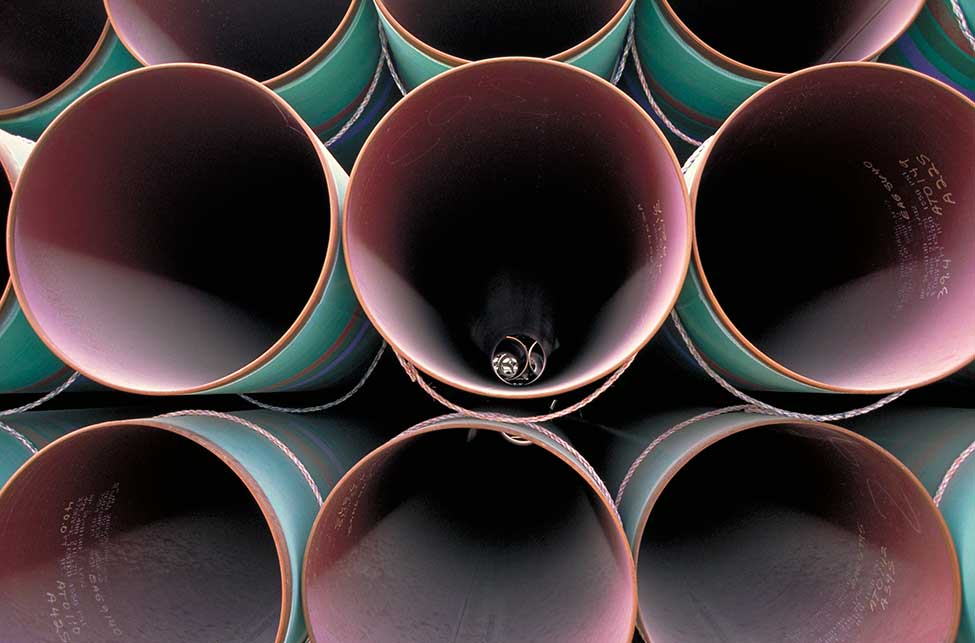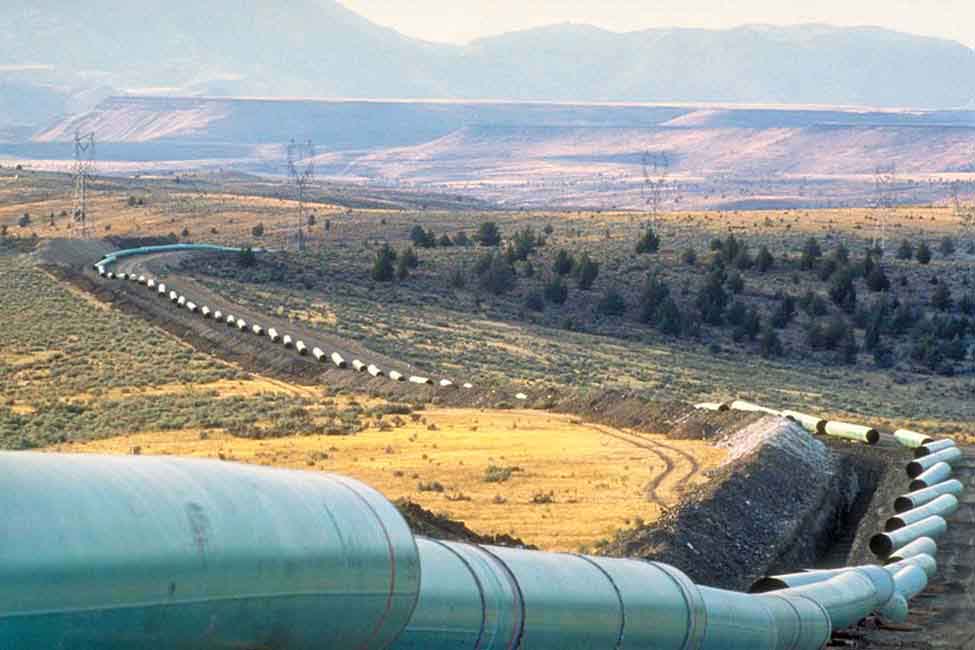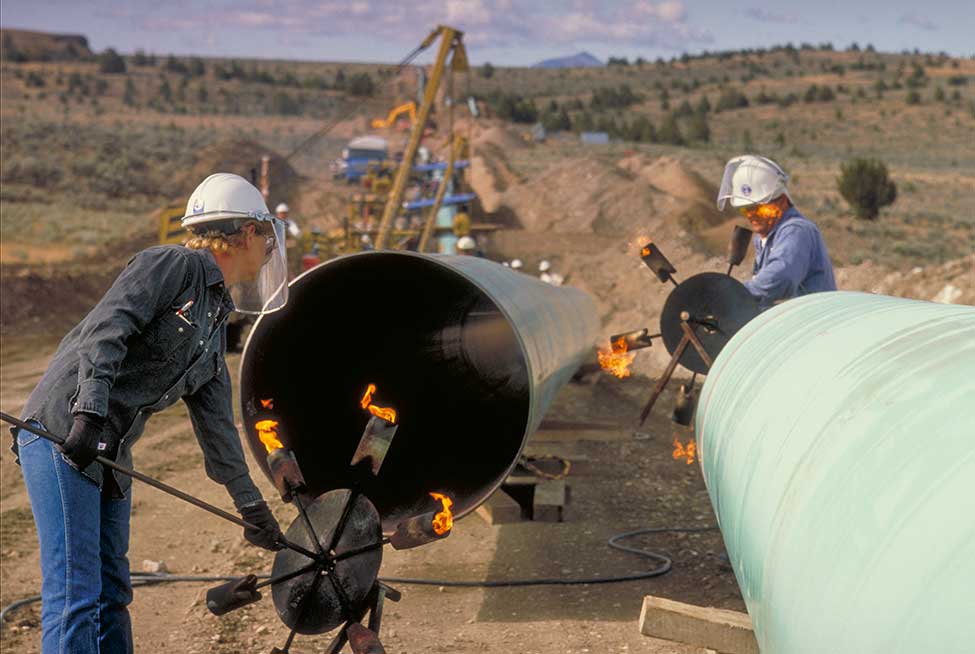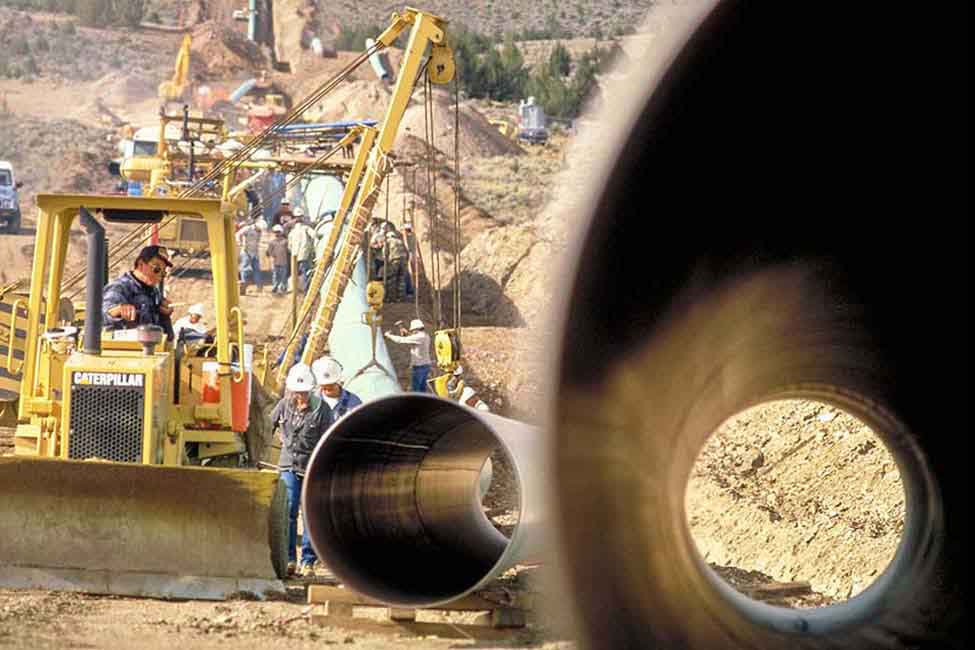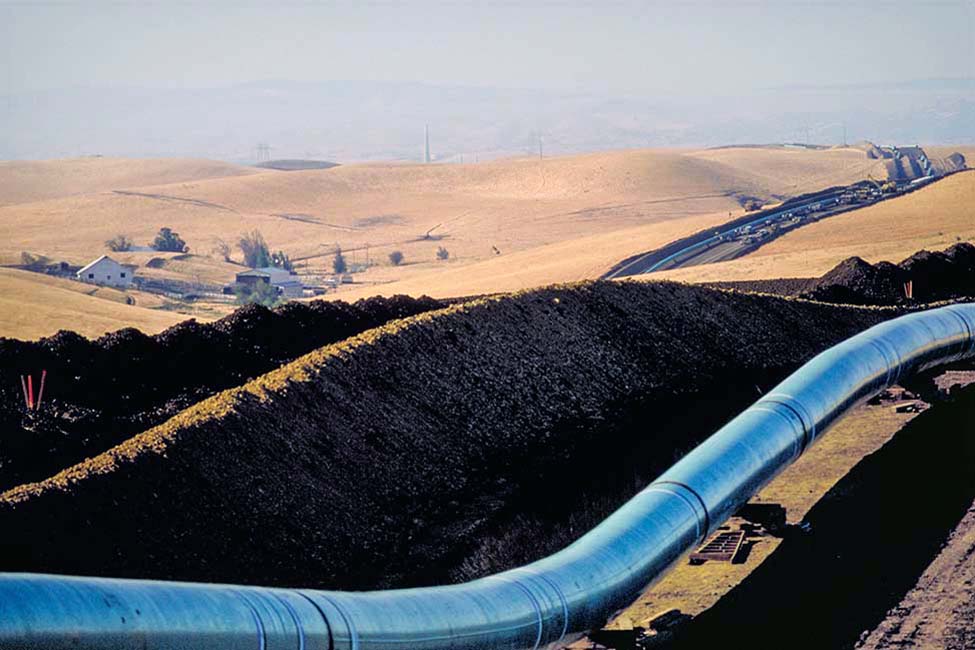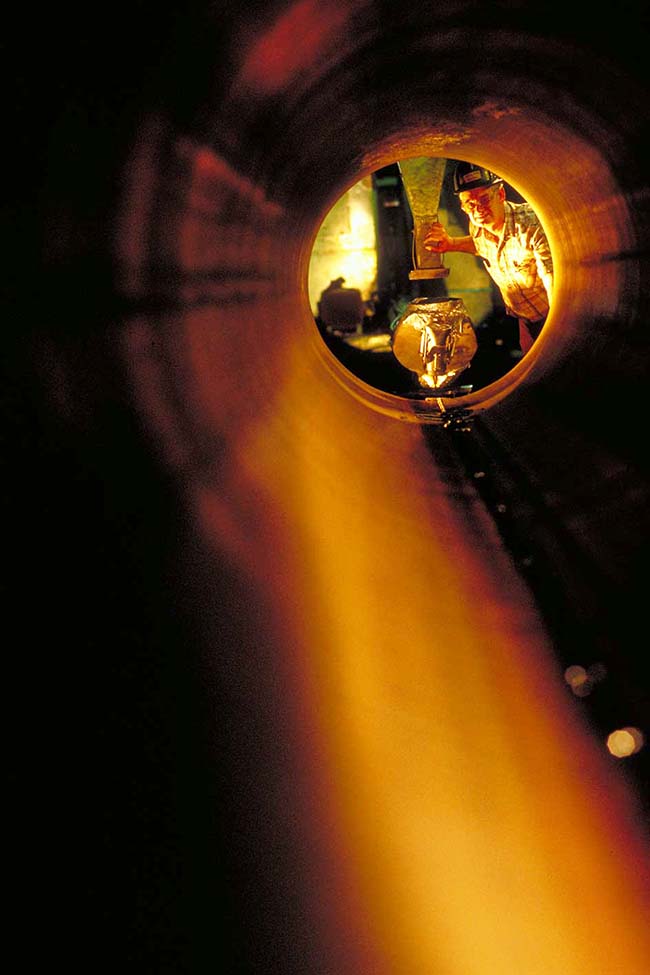Bechtel completed a massive expansion of the natural gas pipeline that runs from Idaho’s border with British Columbia to central California for Pacific Gas Transmission Company and its parent company, Pacific Gas and Electric Company.
The team laid 684 miles (1,100 kilometers) of 42-inch (107-centimeter) diameterpipe and 110 miles (177 kilometers) of 36-inch (91-centimeter) diameter pipe from the U.S.-Canadian border south to Fresno County in California.
Existing facilities at 15 compressor stations and three meter stations were modified and expanded, and a new compressor station built. The route passed through heavily wooded forests, steep mountain slopes, upland rolling hills, low-lying delta areas, and many miles of volcanic rock.
From one end of the 800-mile (1,300-kilometer) line to the other, project staff took extraordinary measures to protect the environment—from worker education and special technologies to revegetation programs and fishery-enhancement measures.
The pipeline expansion boosted capacity by nearly two-thirds, from 1.4 to 2.3 billion cubic feet (39.6 to 65.1 million cubic meters) per day. And preserving the environment proved perfectly compatible with progress. Commercial operation began on schedule in November 1993.
Image Gallery
Protecting the environment
- Bechtel prepared numerous innovative, site-specific mitigation plans, which various agencies reviewed and approved.
- We thoroughly trained all construction workers in environmental awareness, using such tools as endangered-species trading cards, which featured information about wildlife living along the route.
- The project team developed a special fishery-enhancement program for Idaho’s Moyie River.
About 11,000 feet (3,350 meters) of pipe had to be installed underneath three waterways in the Sacramento River Delta by horizontal directional drilling. Unlike traditional open-cut trenching, this method did not disrupt waterways and wetlands.
Inside the project
At the time, the PGT-PG&E pipeline expansion was the largest lump-sum project in Bechtel history: $1.3 billion. In addition to project management, Bechtel was responsible for general contracting services, such as detailed engineering, major procurement, right-of-way acquisition, construction, and startup.
Bechtel directed the work of five major subcontractors, each building a spread, or major section. At the height of construction, some 5,000 workers were distributed among the four states traversed by the expansion.
Protecting the levees of the Sacramento River Delta
One of the project's greatest technical and environmental challenges was installing pipe under three waterways in the Sacramento Delta, an important regional maritime, recreation, and fishery area east of San Francisco. Crossing the Sacramento River near Antioch was the most technically difficult and set a new distance record for large-diameter pipe.
The levee system includes fragile peat-filled islands that lie a number of feet below water level. To avoid fracturing the levees and running the risk of flooding the small islands, the project team set construction back hundreds of feet from the shoreline and drilled from inside a containment cell resembling a giant rectangular bathtub about three stories deep.
By the time the bore reached the riverbanks, the hole was dozens of feet below the river bottom, greatly minimizing the chance that drilling operations would affect adjacent wetlands. In the event of a waterway fracture or bore failure, the large steel cells would have contained escaping water.
Pipes
With a combined weight of 400,000 tons, the order for pipe ranked among the world's largest—the biggest since Soviet natural gas pipeline construction in the early 1980s.
The sections of pipe alone cost some $400 million. They were transported from rolling mills in Napa, California, and Regina, Saskatchewan, to 14 stockpile areas along the construction route.
Paleontologist
A Bechtel-hired paleontologist scouted geologically sensitive areas of the pipeline and noted a protuberance in an area of Colusa County, California. Careful excavation unearthed the pelvic bone, leg, several vertebrae, and ribs of a prehistoric giant sloth. The significant find went to Loma Linda University.


